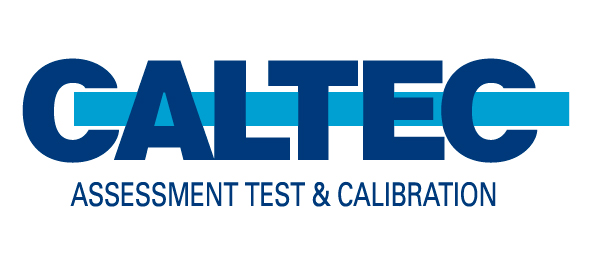Vehicle-to-Home (V2H) charging is set to become a significant part of the future energy ecosystem in a world where electric vehicles (EVs) are more than modes of transport – they are mobile power stations, able to transform how we use, store, and manage electricity at home.
Basically, V2H charging is a form of bidirectional energy flow. Unlike conventional EV charging, where electricity travels in one direction from grid to car, V2H allows for the energy stored in an EV’s battery to be sent back into the home, able to power household devices during peak periods, outages, or times of high grid demand, and recharging when demand and cost is lower.
As the energy system evolves, the days of one-way movement from centralised fossil-fuel power plants to passive consumers is changing. The rise of decentralised energy means electricity now moves in multiple directions and consumers can now be producers, as homes develop into energy hubs. Solar panels on rooftops, batteries in basements, and EVs parked in garages or on driveways all contribute to a more resilient and distributed grid.
However, this localised energy distribution is part of a more complex system that requires digitalisation to organise it efficiently. Smart meters, AI-enabled software, and real-time analytics allow for precise energy management – charging vehicles when electricity is clean and cheap, and discharging them to power homes when it’s scarce or expensive.
With V2H, households will no longer passively consume utility-provided electricity. They can become active participants in energy markets with control over how and when they use or sell energy.
Similarly, instead of relying solely on a central grid vulnerable to surges, storms or supply issues, V2H offers more energy security through self-sufficiency. For example, in the event of a disrupted energy supply or power cut, a car could keep the lights on, the fridge cold, and the internet connected.
In terms of decarbonisation, using an EV battery to store excess energy helps balance the intermittent nature of wind and solar power. Instead of clean energy going to waste, V2H could ensure it’s used to lower household emissions and relieve pressure on the grid.
Inevitably, challenges remain. Upgrades to home electrical systems, regulatory frameworks, and grid infrastructure are essential. However, as V2H becomes more widespread, it offers not only greater energy efficiency and resilience, but a fundamental shift in the ownership and usage of energy.
The electric vehicle is now poised to become part of a smarter, more sustainable, and more consumer-centred energy future that will increasingly be taking place on our driveways.
